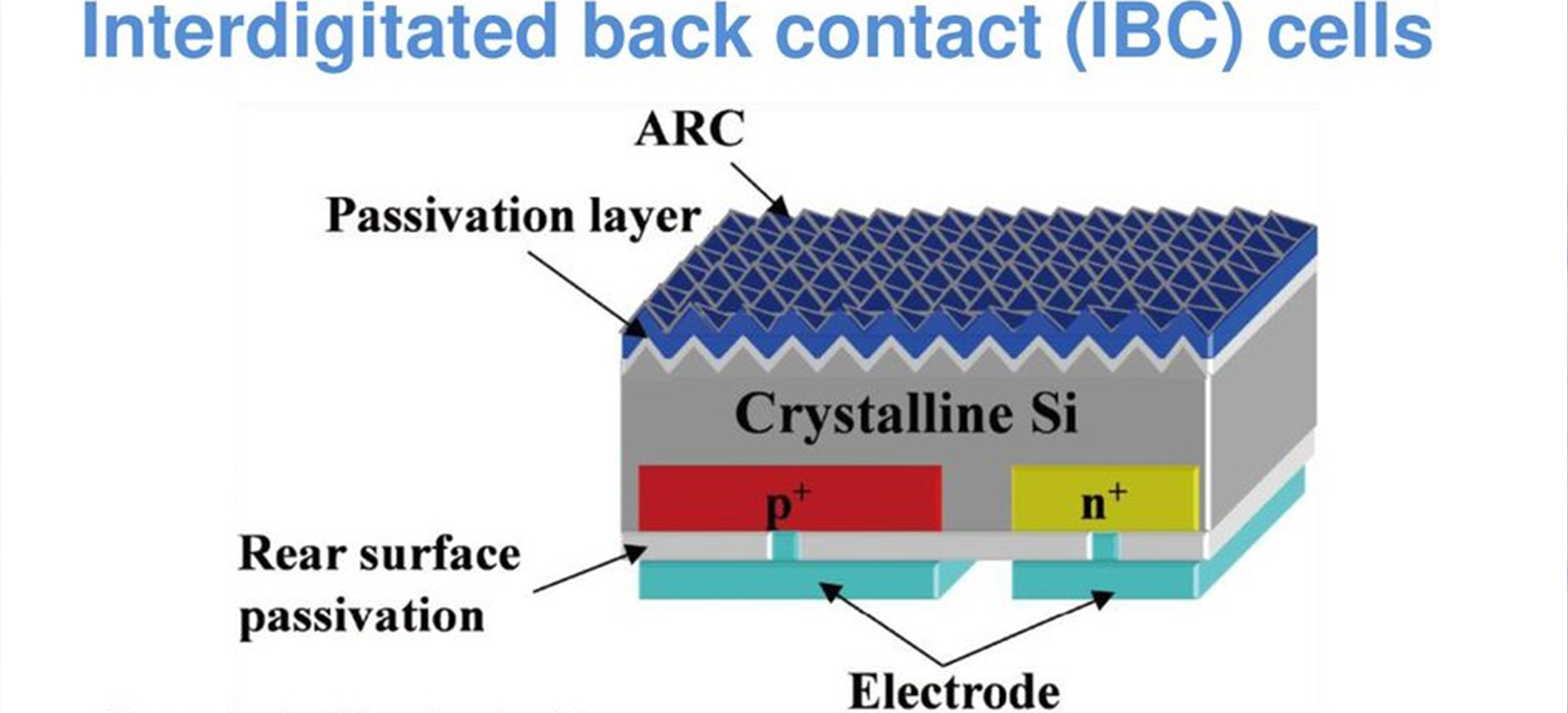
Source: Maysun Solar
Rear Contact Solar Cells for Higher Efficiency
Introduction
Rear contact solar cells are a promising technology that can potentially achieve higher efficiency compared to traditional solar cells. This is achieved by moving some or all of the front contact grids to the rear of the device. By doing so, shading on the front of the cell is reduced, leading to increased efficiency. This technology is particularly beneficial for high current cells like concentrators or large area solar panels.
Interdigitated Back Contact Solar Cells (IBC)
Rear contact solar cells, specifically Interdigitated Back Contact (IBC) cells, are designed to eliminate shading losses completely by placing both contacts on the rear of the cell. These cells are typically thin and made from high-quality materials, allowing electron-hole pairs generated by absorbed light to be collected efficiently at the rear of the cell.
Advantages of Rear Contact Solar Cells
One of the key advantages of rear contact solar cells is their ability to minimize shading losses, resulting in higher efficiency. In concentrator applications, where the impact of cell series resistance is significant, rear contact cells perform exceptionally well. Additionally, the design of having both contacts on the rear makes it easier to interconnect cells and allows for closer placement within the module, as there is no longer a need for space between the cells.
By utilizing rear contact solar cells, the solar industry can potentially improve the overall performance and efficiency of solar panels, especially in applications requiring high current and concentration of sunlight. This technology represents a significant advancement in the field of photovoltaics and holds promise for the future of solar energy generation.

Source: Monash University
Feel free to comment your thoughts.
